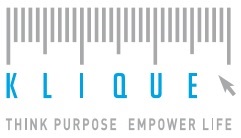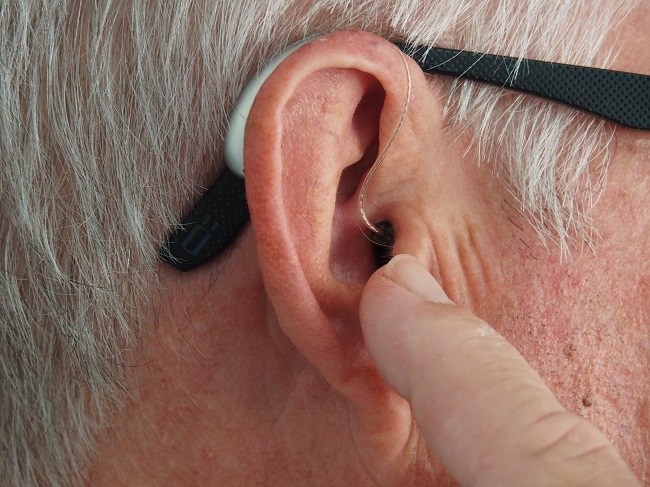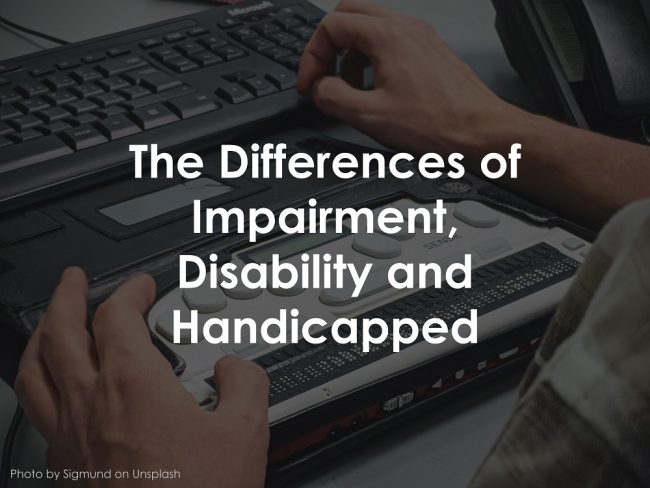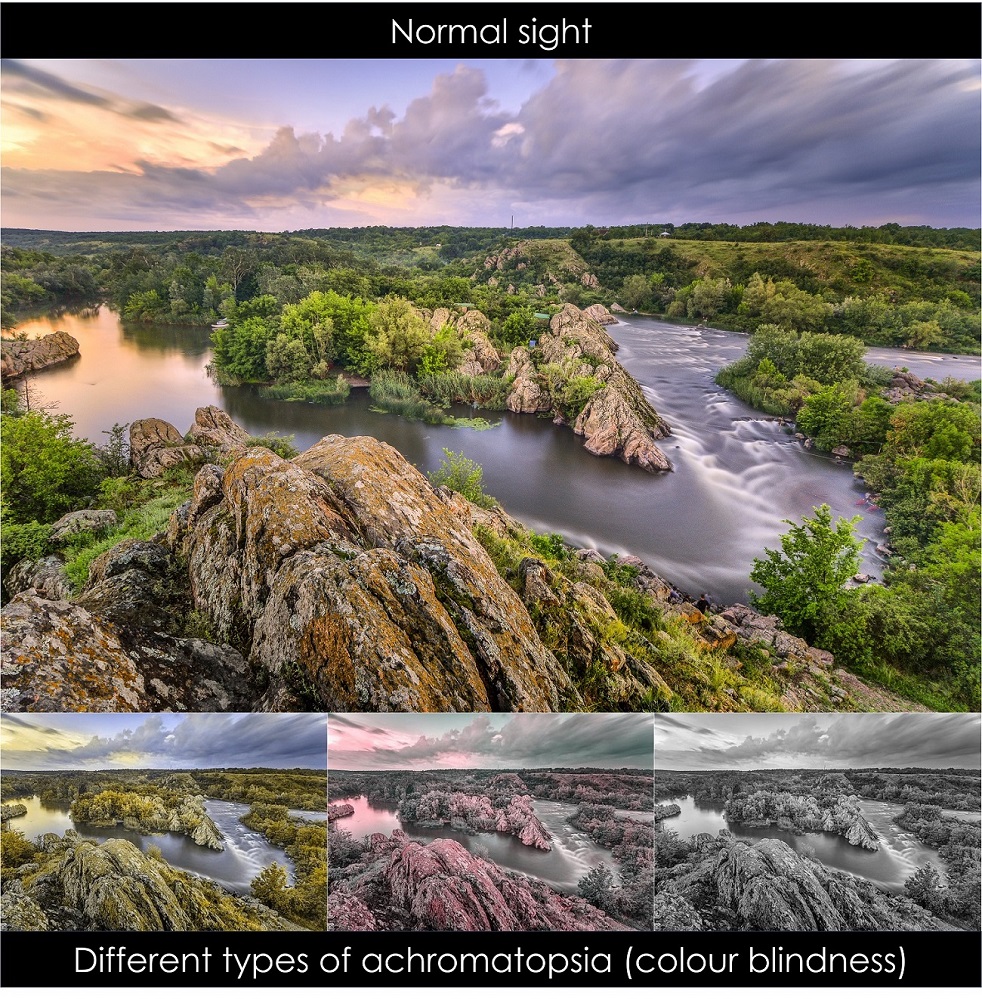
Workplace accessibility should not confine to the facility, physical design and furnishing of a space. It also covers “soft areas” such as the way a meeting or discussion is conducted and presentation is delivered. Everyone with or without disabilities or special needs has different needs. Implementing onsite accessibility measures for meeting and conference assures a pleasant experience to both attendees and presenters.
Continue reading “Onsite Accessibility for Meeting and Conference”




/Slide8.jpg)